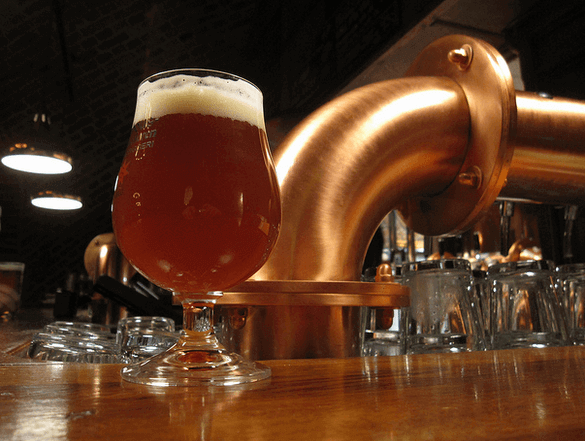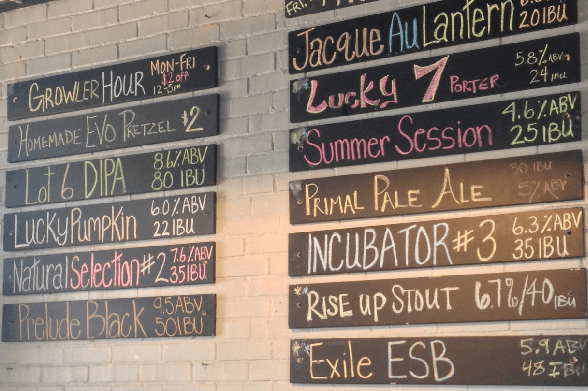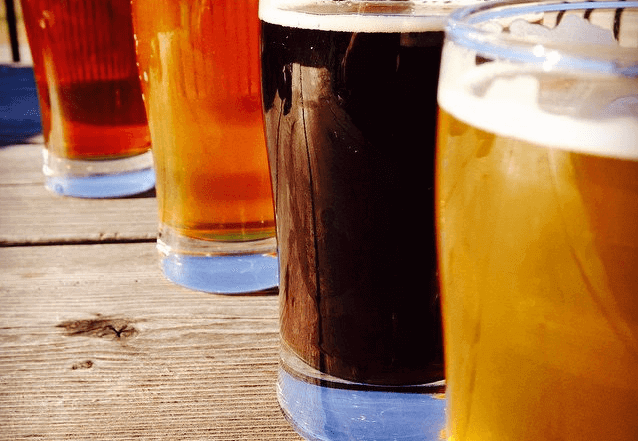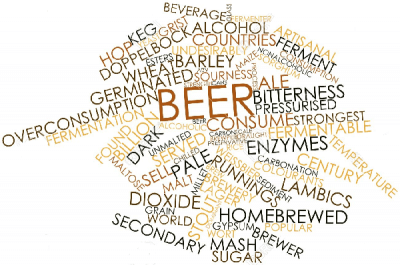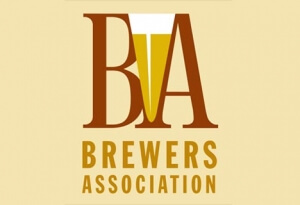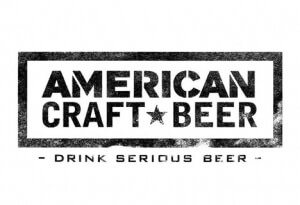Beer University
Sometimes, the further you get into the world of craft beer, the more confusing it can be (even the very definition of ‘craft beer’ itself can change depending on who you ask). Much like it takes a certain understanding to appreciate and enjoy the nuances and subtleties of fine wines, so too is the case with craft beer. We’ve created this section to help you understand the basics of craft beer, so you can spend less time trying to decide what to drink and more time enjoying drinking it.
So Many Styles, So Little Time
Exploring the dozens of styles, and hundreds of variations on styles, brewers are constantly striving to perfect is one of the true joys of being a craft beer drinker. Having so many beer styles to choose from, however, can also be daunting if you don’t know an IPA from a stout or a lager from an ale. We’ve broken down the major beer styles for you here to give you a better idea of the defining characteristics and traits of each.
Beer by the #s
Among the most confusing aspects of craft beer to an untrained eye are the series of numbers that often accompany brews on menus and chalkboards. The ABV (alcohol by volume) and IBU (International Bittering Units) are universal scales that indicate certain characteristics of beer and help drinkers identify if they will care for a particular style before even tasting it. For a better understanding of ABV and IBU, and how they can help you pick a beer that’s right for your palette, click here.
Say what?
Adjuncts, barrel-aged, Firkins… sometimes you may think it would be easier to learn a second language than be able to decipher what the bartender or beer geek next to you is talking about. Craft beer certainly has a unique language, and having a working knowledge of it will greatly improve your drinking experience. Click here to see definitions of the most common craft beer terms.
Brewing at Home
After you’ve mastered beer language and sipped a certain amount of pints in taprooms, the natural inkling is often to want to brew your own. In fact, many of the best craft beer brewers around started as homebrewing hobbyists. But transforming water, yeast, grains, and adjuncts into a beer actually worth drinking is much easier said than done. Luckily, our area is home to several homebrewing specialty shops that offer starter kits, an assortment of ingredients and equipment, and advice to those trying to master the art of homebrewing.
[social_warfare]
Educational Articles
Beer Notes: A Very Short History of the Brut IPA
This script is from the second season of Beer Notes, which you can listen to at beernotes.org. One of the latest trends in the world of craft beer is sweeping across Delaware, Maryland and Virginia, as [...]
Why you should be learning to brew
This weekend at Xtreme Brewing in Laurel, Del. there is a learning to brew class. It is free and includes samples of some of the beers you can make. You should go. If you're still not [...]
ABV and IBU Explained
As you’re looking over the options listed on menu on the tasting room chalkboard, you will encounter the abbreviations of ABV and IBU followed by numbers accompanying each beer selection. This information helps explain beer [...]
Craft Beer Style Guide
With so many styles of beer to chose from, knowing which one is perfect for you can be a confusing, if not daunting, task, especially if your usual beer preference is Bud Light. As Ocean [...]
Craft Beer Terms Defined
Exploring the world of craft beer is an exciting adventure, but it can get confusing, especially when bartenders and your beer geek friends start throwing around unfamiliar terms in casual conversation. Here are the most [...]
What is craft beer?
The term ‘craft beer’ refers specifically to brews made by small, independent brewers, using fine local ingredients. Being made in a small brewery is vital, but the most defining characteristic of craft beer is innovation. [...]
Thirsty for more?
Still seeking more craft beer knowledge? Check out these other resources.

